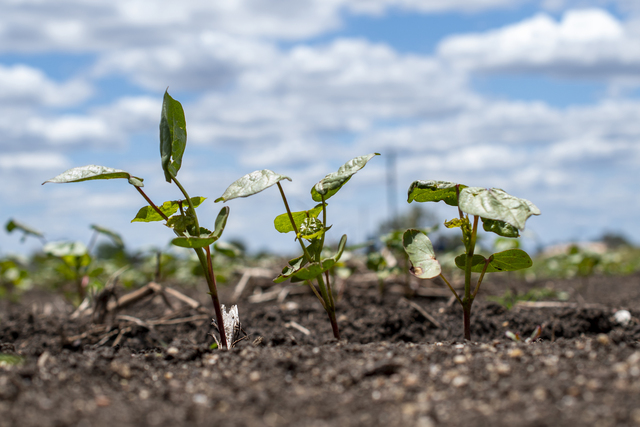
Planting has begun across most of Australia’s cotton growing regions with some crops already out of the ground in warmer climates, while some growers in southern regions are awaiting warmer weather before starting their 2025/26 season.
Cotton Australia General Manager Michael Murray said the signs for this season were positive with Australia’s 1500 cotton growers, 90 per cent of them family farmers, expecting to generate just over four million bales or around 910,000 tonnes of quality fibre, and close to 1.1 million tonnes of cotton seed.
“This year we are expecting about 393,000 green hectares to be planted, predominantly in New South Wales and Queensland, with crops also being planted in the Northern Territory and Western Australia,” Mr Murray said.
“If expectations are accurate, we will see more than $2.7 billion generated for the national economy with most of that money filtering down into the 249 communities that benefit directly from cotton growing.”
October is the month when most growers kick-off planting cotton, however with the cotton footprint spreading across Australia, particularly in the north, planting and picking dates can vary considerably due to differing conditions while in some regions picking and planting is taking place in the same month.
The global outlook for cotton is stable, and while the price is flat, demand for Australian cotton is expected to continue due to our geographic position close to the main buyers and the quality and strength of our fibre.
“We have witnessed prices of up to $1000 per bale but the latest trends show the price hovering around the $550 per bale with the price outlook suggesting a $600 per bale is possible in the next 12 months,” Mr Murray said.
“We export everything we produce, and thankfully demand is still strong with recent figures from cotton marketing news service Cotton Compass revealing that in July 26 per cent of bales exported went to China, 19 per cent to India, 15 per cent Vietnam and 13 per cent both to Bangladesh and Indonesia.
“In general, our growers remain positive on this season’s crop, and while it varies from region to region many are reporting good conditions including soil profiles and moisture content.
“The availability of water is still an issue with some regions like the Central Highlands of Queensland having no new allocations, relying on existing supplies and the prospect of new allocations if rainfall increases dam levels.”
While it’s early, the season has started positively in the Central Highlands, where growers began planting in early August, with most already experiencing healthy plant growth, reflecting good moisture in soil profiles and warn ground temperatures.





